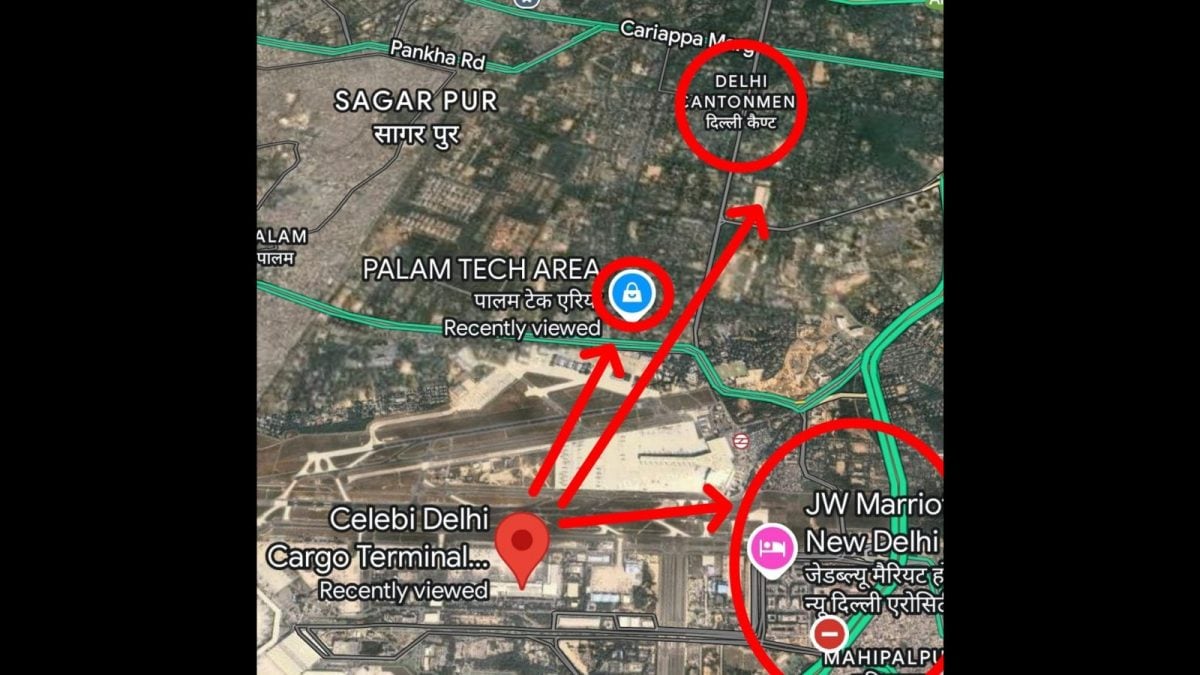India’s INS Varsha: A Rising Naval Stronghold to Counter China in the Indo-Pacific
India is quietly but strategically ramping up its maritime capabilities in the Bay of Bengal with the construction of INS Varsha, a multi-billion dollar underground naval base built to support its growing fleet of nuclear-armed submarines. As China expands its naval footprint across South Asia under the Belt and Road Initiative, INS Varsha becomes a key element of India’s long-term plan to protect its interests and assert strategic control in the Indian Ocean Region.
In a significant move to secure the Indo-Pacific region and protect vital shipping lanes, India is developing a state-of-the-art naval base on the eastern coast: INS Varsha, near Visakhapatnam. Built with underground docking facilities, this base aims to shelter and maintain India’s nuclear-powered submarines, making it a critical pillar of India's nuclear deterrent.
Located near the Strait of Malacca, through which a large portion of global trade and nearly 80% of China’s oil imports pass, INS Varsha is ideally placed to enhance India’s naval reach and monitor key maritime activity. This move comes amid growing concerns about China's increasing naval deployments and strategic investments in nearby countries like Myanmar, Bangladesh, and Sri Lanka.
China’s Belt and Road Initiative (BRI) has enabled the People's Liberation Army Navy (PLAN) to access key maritime chokepoints. For instance, Bangladesh’s first submarine base and Chinese port projects in Sri Lanka allow China to maintain a steady military presence near Indian waters. These outposts are not just economic hubs but serve dual-use military purposes, supporting China’s long-term naval operations in the Indian Ocean.
Strategic Highlights
-
INS Varsha’s underground tunnels are designed for stealth and protection, offering India a secure dock for its nuclear submarines and reducing vulnerability to surveillance or first strikes.
-
India currently operates two nuclear-powered submarines, but with INS Varsha's expansion, it aims to host up to a dozen by 2035.
-
This development is India's direct response to China's 12-strong fleet of nuclear submarines and its growing influence in South Asia.
-
Despite de-escalation talks along the Himalayan border, maritime tensions are growing, especially as China asserts its presence in India’s maritime backyard.
-
The Andaman and Nicobar Islands, located just 600 km from the Malacca Strait, provide India with additional forward-operating capabilities and enhance surveillance of Chinese naval activity.
Insights
-
Geopolitical Leverage: INS Varsha is geographically well-positioned to exert regional dominance, especially with friendly neighbours and proximity to key trade routes.
-
Survivability & Second Strike: Underground docking allows India’s submarines to remain concealed and protected, strengthening the nation’s second-strike nuclear capability.
-
Technological Edge: While India’s submarine numbers trail China, their deployment in home waters enhances agility and effectiveness.
-
Strategic Competition: India’s base development counters China’s growing regional influence, ensuring strategic autonomy in South Asia.
-
Maritime Flashpoints: With the Indo-Pacific growing more contested, bases like INS Varsha ensure India is better equipped for future maritime confrontations.
Audio Brief Available
Listen to this report in our Audio News section on [Press Post India].
What's Your Reaction?
































































